Introduction: Ontario’s Challenge, Russia’s Example
Ontario faces growing congestion, housing shortages, and aging infrastructure. Toronto’s subways sit on 1950s foundations, while highways like the 401 choke daily. The need for bold investment is clear.
To see what’s possible, we can look to Moscow, home to one of the busiest and most ambitious metro systems in the world. With over 7 million daily riders (Moscow Metro Official), multi-layer deep tunnels, and the massive Big Circle Line expansion, Moscow offers valuable lessons for Ontario Transit Vision.
A Metro Built for Depth and Resilience
Unlike many systems, Moscow’s subway was built deep underground — in some cases more than 70 meters below the surface (Russia Beyond).
- Depth allowed engineers to bypass rivers, utilities, and fragile surface layers.
- During the Cold War, stations were reinforced to serve as civil defense shelters.
For Ontario, digging multi-layer tunnels below existing TTC lines means avoiding utilities and minimizing disruption — while opening space for relief and express lines.
Capacity for a Megacity
Moscow’s newest expansion, the Big Circle Line, opened in stages from 2021 to 2023, adding 70 kilometers and 31 stations (Railway Gazette).
- It’s now the world’s longest circular metro line.
- It cut travel times across the city by up to 45 minutes per trip.
- It relieved pressure on overcrowded central lines.
Ontario must think just as boldly. Instead of one overburdened Line 1, a regional subway grid linking Mississauga, Brampton, Vaughan, Durham, Hamilton, and beyond would spread demand and strengthen economic ties.
Winter-Proof Infrastructure
Moscow winters dip to -30°C, yet the metro runs reliably year-round (Moscow Times).
Ontario winters are less extreme but no less disruptive. By investing in deep, climate-controlled tunnels, Ontario can:
- Ensure year-round commuting comfort.
- Protect mobility during snowstorms.
- Provide underground hubs that are safe, warm, and reliable.
Multi-Purpose Underground Spaces
Moscow’s stations were designed for dual use: transportation and emergency shelters. They include ventilation systems, reinforced structures, and massive underground halls.
Ontario can take inspiration here, not for defense, but for multi-use urban hubs:
- Affordable student and newcomer housing.
- Shopping centers, groceries, and entertainment.
- Co-working and cultural venues.
Instead of sprawling upward with costly towers, Ontario can build downward to unlock new housing and services.
A Cultural and Economic Symbol
The Moscow Metro isn’t just infrastructure — it’s a cultural landmark. Stations are decorated with chandeliers, mosaics, and marble, often described as “underground palaces” (CNN Travel).
Ontario Transit Vision can aim for a similar impact. A world-class system would not only relieve congestion, but also attract global attention, investors, and tourism. Infrastructure can define a city’s identity.
What Ontario Can Learn from Moscow
- Depth is freedom: Digging deep avoids existing utilities and unlocks long-term expansion.
- Think big, not small: A loop or grid relieves central congestion.
- Climate resilience matters: Underground systems outperform in harsh winters.
- Multi-use design multiplies value: Housing + services + transit = stronger communities.
- Infrastructure builds pride: A bold system becomes a symbol of progress.
Ontario Transit Vision: A Parallel Path
Our plan embraces these lessons:
- Multi-layer relief tunnels under Toronto, bypassing fragile utilities.
- Regional subway grid connecting the GTA and beyond — Mississauga, Brampton, Durham, Hamilton, Kitchener-Waterloo, Barrie, and Niagara.
- Underground hubs for housing, retail, and services — easing the housing crisis.
- Infrastructure as sovereignty, reducing reliance on highways and preparing Ontario for future growth.
Conclusion: A Call to Build Boldly
The Moscow Metro proves that deep, ambitious underground systems work — even in extreme climates, even in megacities.
Ontario Transit Vision calls on us to match that ambition. By digging deeper, planning bigger, and building smarter, Ontario can create not just a transit network — but a legacy of resilience, independence, and prosperity.
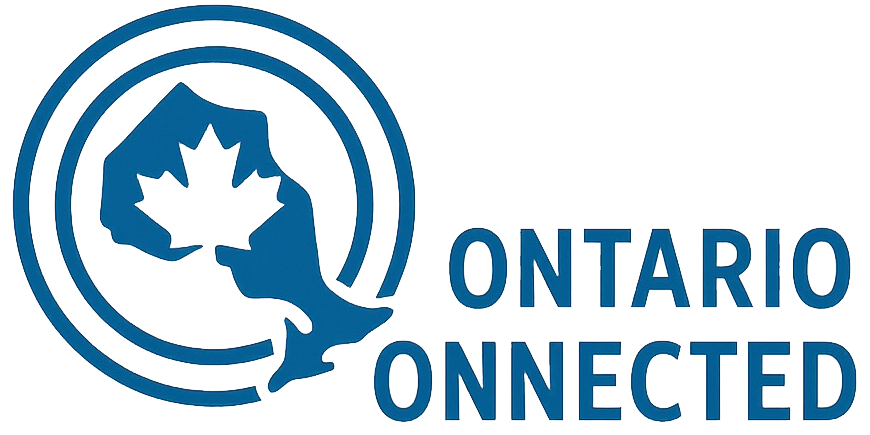
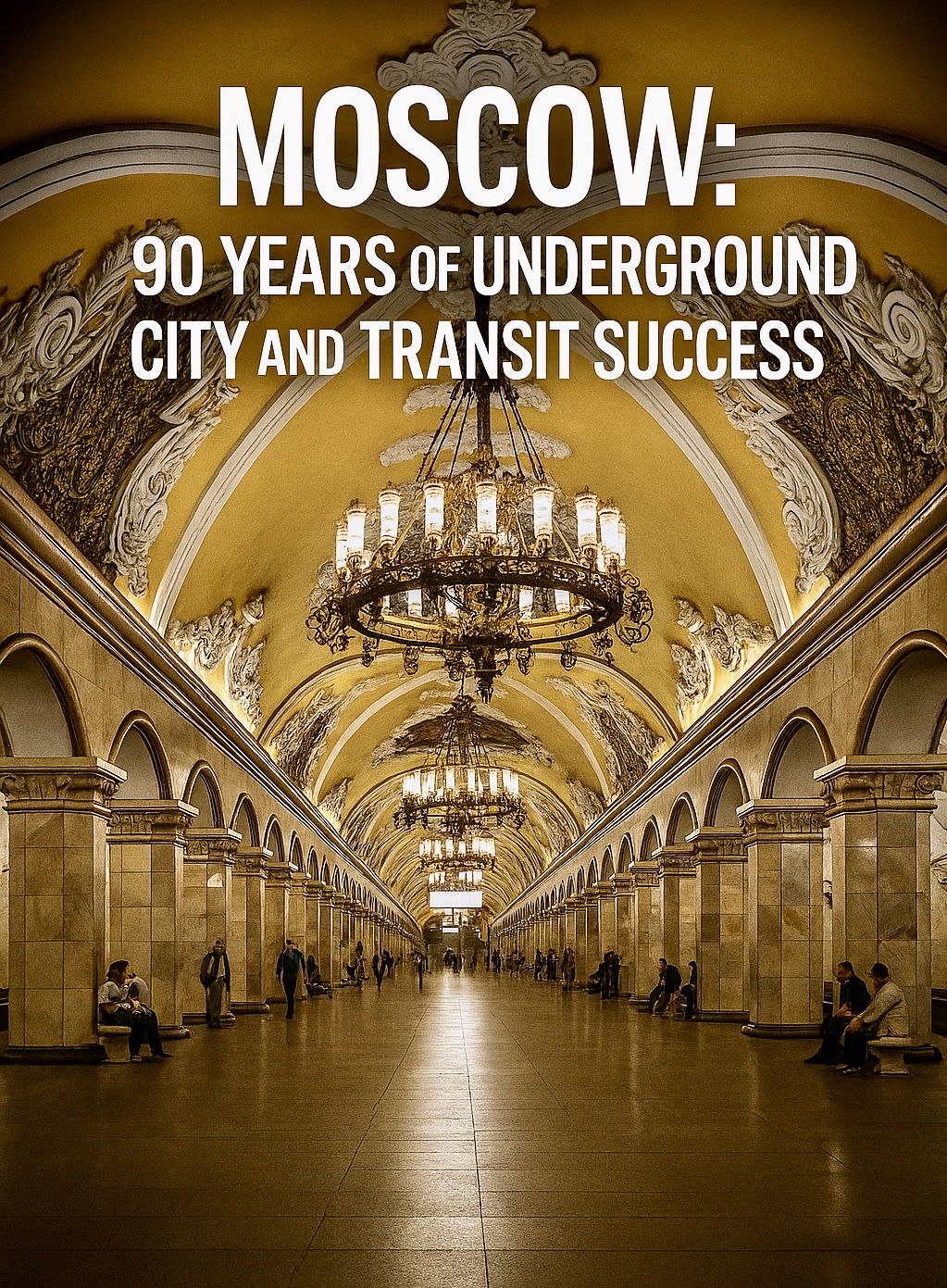
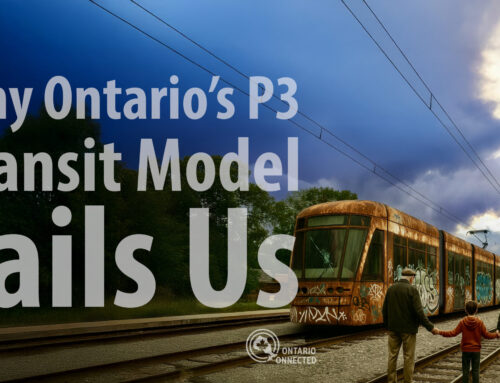
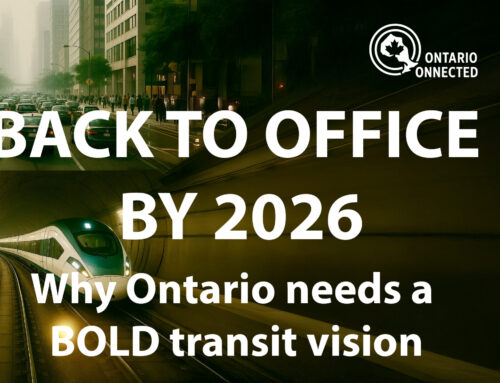
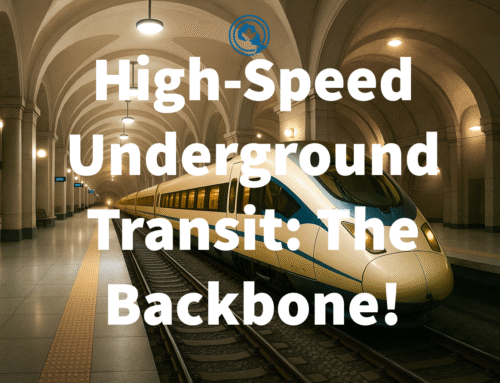
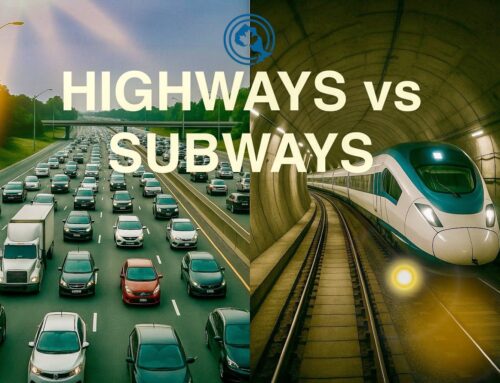

Thanks